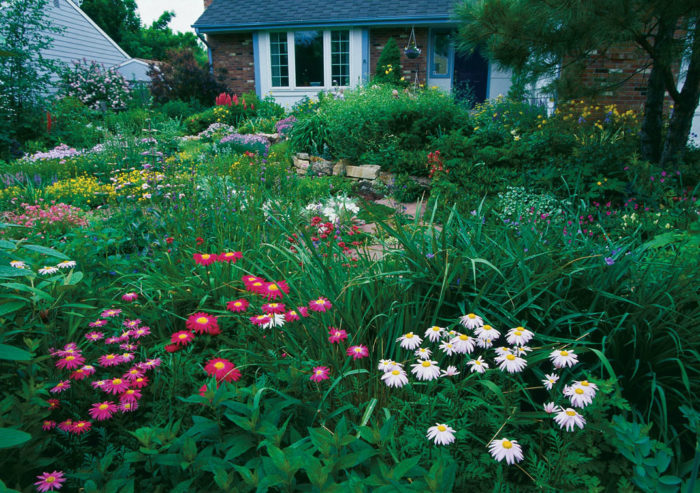
Several years ago, a husband-and-wife team of travel writers from England was touring Colorado and stopped by to see my garden. After walking in the garden and comparing our gardening experiences, successes and failures, we headed indoors to escape the intense July heat. Over cold glasses of lemonade, one of my guests teased, “Well, you’ve certainly out-cottaged any cottage garden we’ve ever seen in England.”
Up until that point I’d never really thought of my garden as a cottage garden, per se. I certainly had no particular style in mind when I built it. My visitor’s remark was offered at least partly tongue-in-cheek, prompted by the unimaginably large number of plants I have stuffed into a very small property.
On reflection, however, I’ve come to realize that many of the elements of the classical English cottage garden are at work in my garden and the myriad like it popping up all over on this side of the Atlantic.
In America, “cottage garden” has always been a catchall term used to describe a garden that is bursting at the seams and does not otherwise conform to a recognizable style. But these gardens, while highly individualistic, do share a few common characteristics. Typically, they are small, casually informal, residential properties that ignore conventional landscape tenets. Instead of spacious lawns and prim foundation plantings, there are lavishly planted flower gardens accented with rugged, native plants. Front yards, formerly open to public view, have been enclosed and transformed into intimate spaces. Hardscaping is usually minimal, but most of these cottage gardens are bisected by a path and many include fences, trellises, and patios constructed of natural, indigenous materials. Thanks to the native plants and local building materials, these gardens also capture a flavor distinctive to their region.
Cottage gardeners ignore traditional design elements
Cottage gardens are always compact, typically a quarter-acre or less in size. A brisk, two-minute walk will usually take in the entire garden. Because space is at such a premium, the garden inevitably tucks right up against the house, completely embracing it. Invariably, the house is modestly sized as well, but it is still the garden’s dominant, central feature. It is the “cottage” of the cottage garden, even though actual cottages are rare in most of America. I suppose we could call our version “house gardens,” but then we would lose the romantic connotation.
Whatever we call them, cottage gardens share another trait—they appear to be unstudied, and oblivious to accepted landscape design principles. Formal elements like tidy lawns, sweeping vistas, reflecting ponds, traditional perennial borders, and tree-lined walks simply do not fit. Instead, cottage gardens exhibit a casual, unplanned naivete. Self-sowing annuals may help to create random but pleasing plant combinations.
Sometimes their genius stems from the indulgence of personal whims. In a burst of intuition, a gardener may find new life for an old, discarded object. A rusted lawn mower might be put to work as a trellis for morning glory vines, or colorful coffee cups converted to dangling decorations. Such quirky garden “art” has a spontaneity perfectly suited to a cottage garden.
Abundant plantings are a cottage garden hallmark
Sheer numbers don’t often count for much, but a plethora of plants is one of the defining characteristics of the traditional English cottage garden. This is true of both the genuine article—the workingman’s humble home surrounded by vegetables, fruits, herbs, and flowers—and of the 19th-century idealized version, with a storybook cottage adrift in a sea of flowers.
And this abundance is a hallmark of the new cottage gardens blossoming all over this country. In my own yard-turned-garden, every square inch of space is packed with plants, but I’ll never admit there’s not room for more. In a typical new American cottage garden, walls and fences are lined with trellises groaning under the weight of rambling roses, clematis, and other vines. Porches or patios sport so many containers there’s barely room to get through to the door. Conventional foundation plantings composed of masses of matching or sculptural shrubs were torn out long ago, to make room for more roses or a strawberry patch. Lawns are never a major component of the cottage garden; they are either nonexistent or inconsequential.
Native plants provide a sturdy framework
Within the constraints of climate, American cottage gardens are certain to contain a good number of traditional English cottage garden plants—old-fashioned favorites like peonies, irises, lilacs, roses, and clematis. Traditionally, cottage gardeners have a special fondness for self-sowing annuals and biennials, plants that more sophisticated gardeners might consider weeds. Larkspur (Consolida ajacis), annual poppies (Papaver spp.), Canterbury bells (Campanula medium), Johnny jump-ups (Viola tricolor), and hollyhocks (Alcea rosea) pop up each spring to fill every nook and cranny, adding to the garden’s overstuffed, comfortable ambience.
But in addition to such standbys, many American cottage gardeners are adding local wildflowers and native plants. In a sense, they are continuing a long tradition—cottage gardeners have always looked to nearby fields and woods for inspiration. In fact, the first cottage flowers were undoubtedly simple wildflowers that caught the fancy of the field worker or housewife gathering firewood for the family’s hearth.
Aside from that tradition, however, contemporary American cottage gardeners are making the significant discovery that regional flora will thrive with minimum care in their existing soil and climate. Native plants have had millennia to adapt to local conditions such as rainfall, soil composition, winter cold, and summer heat—conditions that in many parts of the country threaten the very life of plants from more forgiving environments. Growing peonies in Nevada, for example, may be impossible without abundant soil amendments, irrigation, and lots of fussy attention. A Nevada native plant, on the other hand, could just be popped in the ground to thrive with little attention. The native plants’ easygoing attitude suits cottage gardening’s casual atmosphere as well.
Even more importantly, native plants have a regionally appropriate “look” or “feel.” When used in a garden, native wildflowers, trees, and shrubs provide an echo of the surrounding landscape and help link one to the other. We’ve used Southwestern natives such as fernbush (Chamaebatiaria millefolium), dwarf rabbitbrush (Chrysothamnus nauseosus), winecups (Callirhoe involucrata), and an assortment of plains and desert cacti and penstemons that relish our harsh climate. Our relatively meager rainfall of 15 inches per year is sufficient for them. These sun- and heat-lovers are a challenge to grow where the weather is wetter and milder, and their success here attests that this is assuredly a Colorado cottage garden.
Elsewhere in the country, different plant palettes are more appropriate. Trilliums and Hepatica species, collectors’ rarities in many parts of the country, show up in shady corners of northeastern cottage gardens, highlighting the distinctive character of this area. Tropicals like philodendron and bougainvillea sneak into frost-free California and Gulf Coast gardens to create an entirely different, yet still appropriate, perspective there.
Use tough, look-alike plants instead of finicky favorites
After a decade of living in Holland and England, my family and I moved into our home in Aurora, Colorado, in 1987. I had visions of English cottage gardens and grand estates still dancing in my head and was determined to have a lavish flower garden to rival any I had visited in England. But there are only a few sections of the country with climates similar enough to England’s to grow the soaring delphiniums and lupines of stereotypical British cottage gardens. Colorado isn’t one of them.
I set out to find a way to have the best of both worlds. That first year I made scale drawings, started visiting area nurseries, and attended xeriscape classes to become familiar with plants that adapt well to this semi-arid region. Our house sits on what was once a shortgrass prairie, so a range of ornamental grasses and plains wildflowers seemed only natural. The foothills and canyonlands to the west provided us with a host of ideas for shrubs and trees.
I soon discovered that even in semi-arid parts of the country, American gardeners can emulate the spirit of the English prototype by trying similar plants with more rugged demeanors. Here in Colorado, I looked for plants with scrappy dispositions. Many of my most reliable plants are far too invasive for gardens in more moderate climates. But ruffians such as yarrow (Achillea spp.) and bellflowers (Campanula spp.) become nearly tractable when subjected to Colorado’s spartan regimen. Roses are essential to the cottage garden but hybrid tea roses seldom survive our bitterly cold winters. I’ve had better luck with the weather-resistant Canadian Explorer and Parkland series and the hardiest of the old-fashioned roses. Roses will never clamber over our roof as they did in England, but they are undeniably romantic just the same.
Use hardscape with a regional flavor
Structure in cottage gardens is of minimum importance and is often limited to walks, trellises and, occasionally, fencing. Materials are simple, even rustic, and not infrequently, recycled. This is where regional peculiarities really stand out. Split rail fences look as if they belong in the west, while picket fences have more of midwestern or northeastern flair.
Historical influences may also play a role in the choice of materials. The cottage gardener is inclined to reap the spoils of urban renewal. Discarded architectural bits and pieces gain new potential in garden construction projects. Well-worn cobblestones rescued from turn-of-the-century streets might be recycled into rustic walkways and walls. In my own garden, my husband and I built a massive arbor of rough-hewn cedar and redwood in a simple, southwestern ramada style. Inspired by local history, we replaced our concrete sidewalk with red flagstone slabs like those we had seen in nearby older neighborhoods. Rock gardens, though not something you would usually find in a cottage garden, further tie us to this region by reflecting the dominating presence of the Rocky Mountains.
More decorative forms of ornamentation offer further clues to regional identity. American cottage gardeners have always drawn on their immediate environs for inspiration and materials. Seaside cottages are often decorated with seashells, driftwood, and nautical geegaws. Southwestern gardeners indulge in such cliches as hanging cow skulls on their fence posts and employ wooden wagon wheels for all manner of uses.
Variations on this theme are endless
I never set out to create a new kind of cottage garden, much less one that would be part of what is emerging as a distinctive, North American garden style. My original design called for conventional lawns surrounded by flower borders, but the garden took on a life of its own. Currently, hundreds of species of flowers, vegetables, fruits, vines, shrubs, and trees share this space in a riot of color and texture.
Our English visitor was right in the end—we have created a variant on the traditional cottage garden. But rather than slavishly imitating a foreign aesthetic, our garden reinterprets the English model with an unmistakable Coloradan accent. The same aesthetic is being replayed in countless dialects throughout America. Midwestern gardens are starting to feature a tallgrass prairie theme. Coastal chaparral plants are making their way into California gardens. Woodland flowers celebrate the Northeast. What is developing is a distinctive new style—the new American cottage garden.


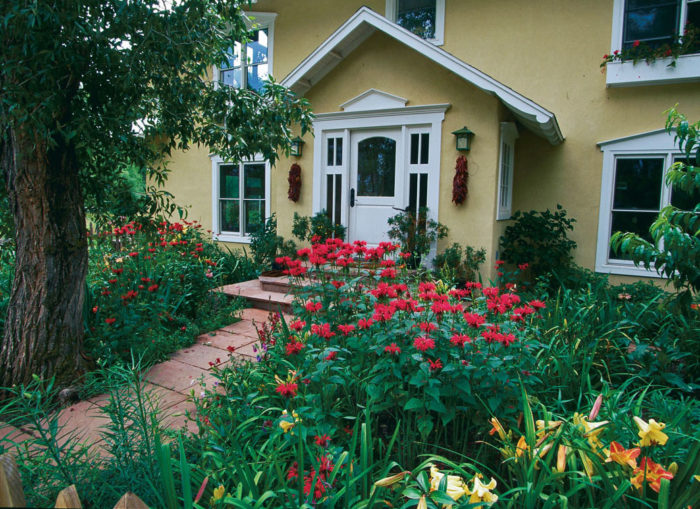


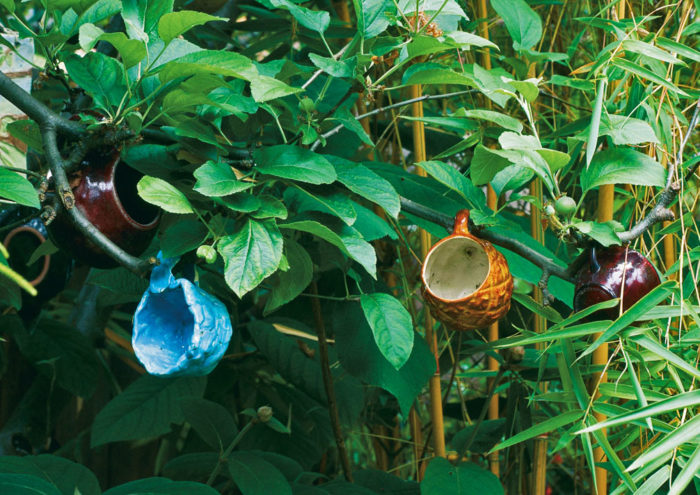
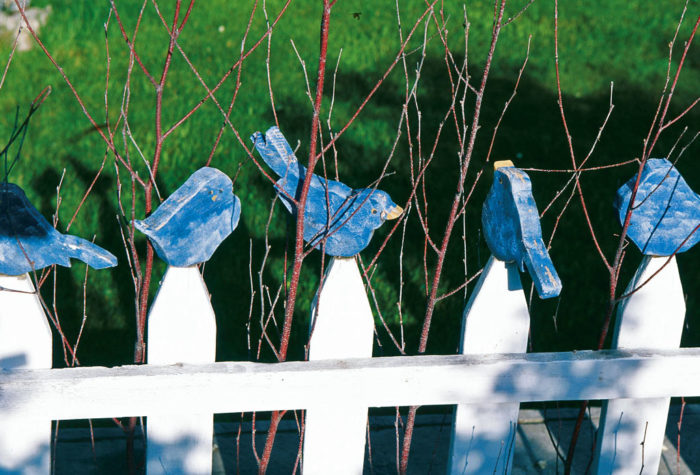
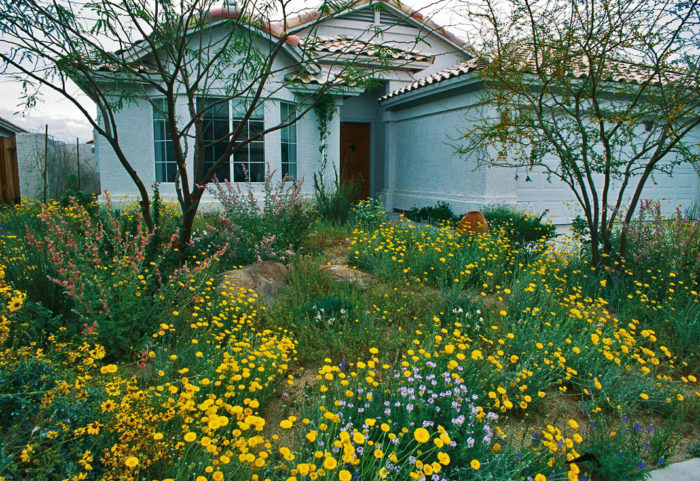

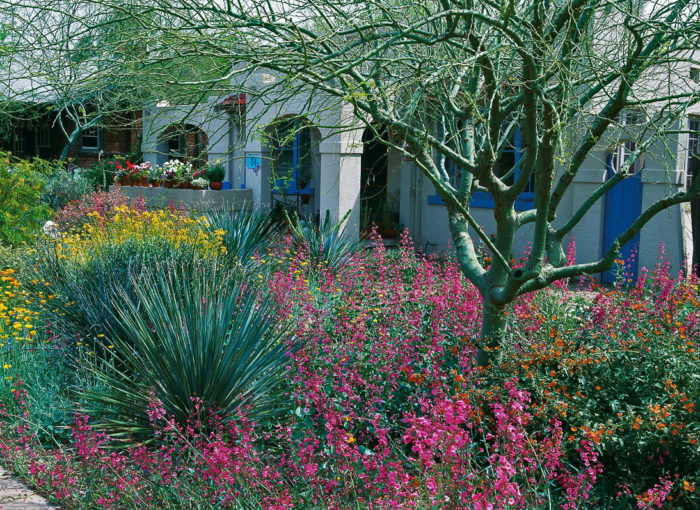

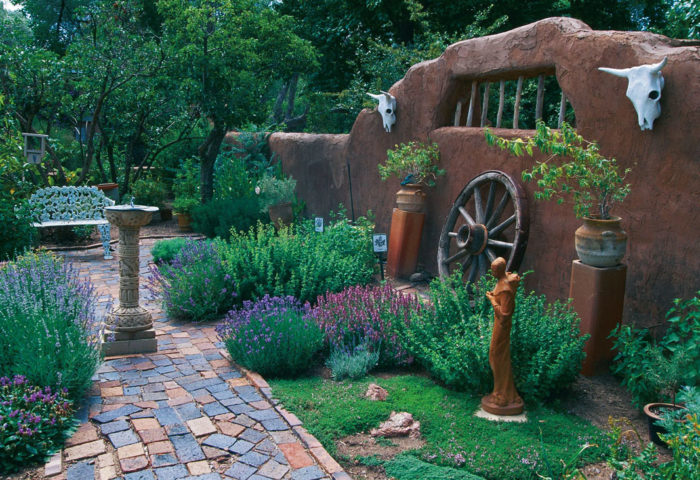
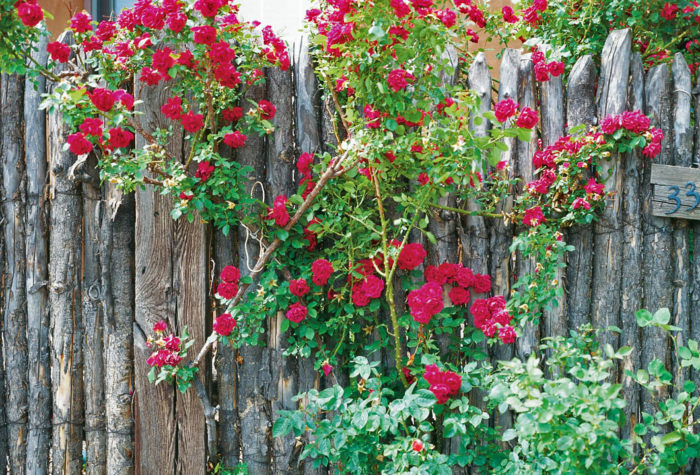
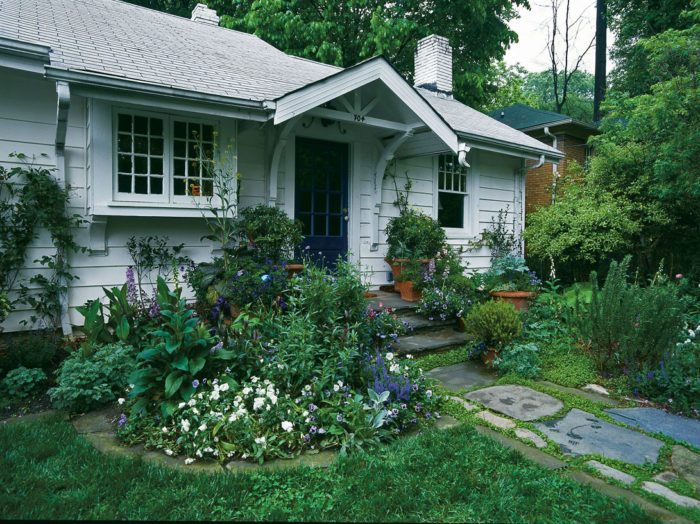
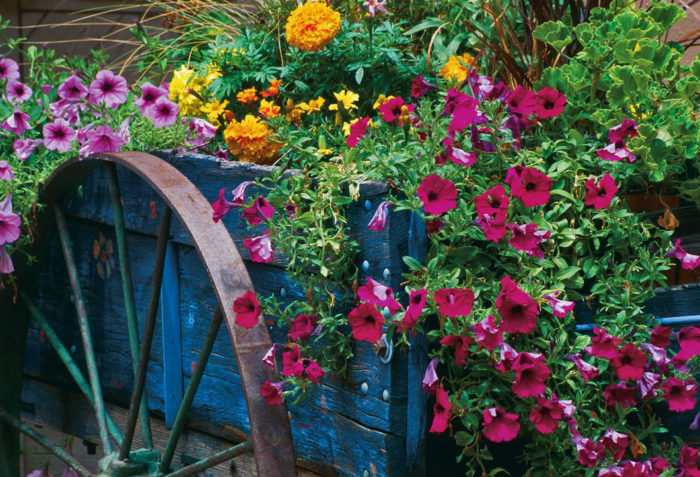



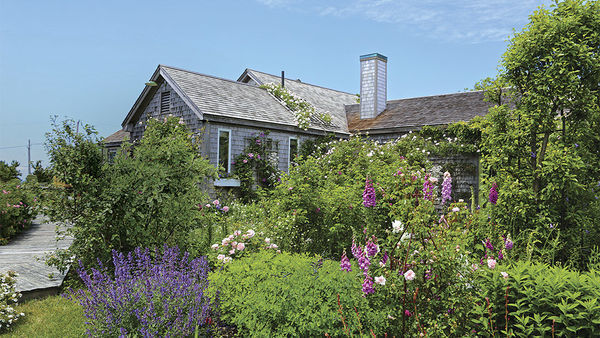













Comments
Wow! So amazing!
Cottage Garden is my favorite style of gardening but if the truth be known, I probably have included a few ideas from every garden type.
Log in or create an account to post a comment.
Sign up Log in